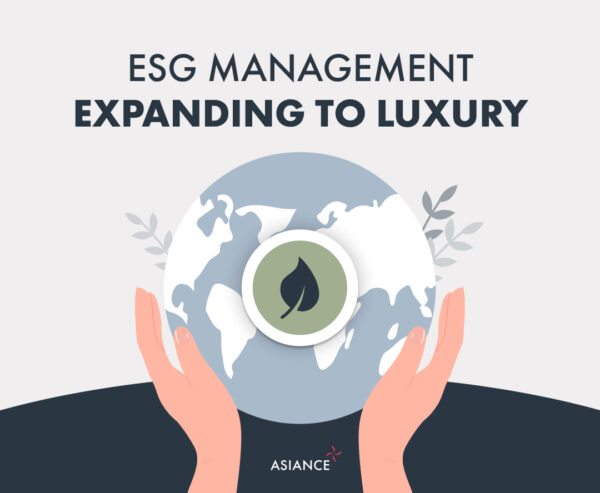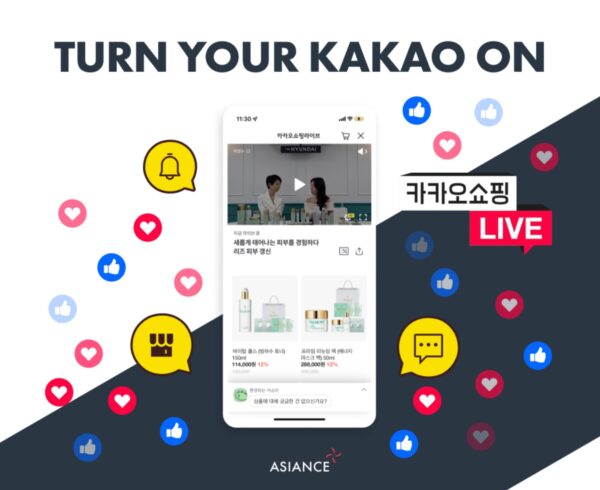Last year in 2021, the top three foreign luxury brands (Hermes, Louis Vuitton, Chanel) recorded the highest sales ever in South Korea. According to Euromonitor, Korea became the world’s 7th largest luxury market as of 2021. This indicates that Korea’s luxury market has expanded even more after the outbreak of COVID. Although consumption in various fields has been dampened due to COVID over the past two years, the case for luxury goods was the opposite. Consumer tendencies such as revenge spending actually triggered more consumption of luxury goods. Recently, the MZ generation has accounted for over half of luxury goods purchases and has become the new main target group of various luxury brands. This led many luxury brands to analyze the consumption behaviors of the MZ generation and develop marketing strategies to meet their needs. Let’s take a look at what the MZ generation thinks about luxury goods and the most recent trends related to them.
MZ Gens Motives for Luxury Consumption 1: Digital Transformation of Luxury
First of all, the digital transformation of luxury has made luxury goods more accessible by offering various touchpoints to the MZ generation compared to the past. Until just a few years ago, the luxury market’s main target group was middle-aged people with high buying power. However, now the current luxury market is changing to target a larger audience including the MZ Gens. Through digital means and various SNS contents, the identity of luxury brands has become more trendy, creating a natural connection with the MZ generation. For instance, many luxury brands have utilized Metaverse as a space for potential customers to experience the brand’s customer journey online. Last December, Gucci created a virtual showroom in Zepeto where users could decorate their own 3D avatars with Gucci products. This attracted many MZers as they could purchase and experience expensive luxury goods in a virtual setting for only 80 ZEMS (an in-app currency within Zepeto that equates to less than 10,000 KRW) without spending millions of Korean won to have the same experience in the real world. Even if they don’t actually purchase luxury goods, brand exposure and experience in the online space can contribute to creating potential customers from a brand’s point of view. In other words, for the tech savvy MZ generation, digitalization of luxury content can be a primary reason for the increase in luxury consumption.
MZ Gens Motives for Luxury Consumption 2: ‘Experience’ Valued Rather than ‘Ownership’
The second reason for luxury consumption amongst the MZ generation is that they value ‘experience’ more than the ‘ownership’ of luxury goods. Due to this propensity, new trends are emerging in Korea’s luxury goods market, such as luxury rental service and secondhand trading culture. The reason behind this is that the MZ generation places more value in the unique experience of wearing and using luxury goods over possession of said goods. Thus they prefer to experience luxury through rental services first rather than immediately purchasing luxury items which can be financially burdensome. The rental service was found to be most popular among females aged 25-35 within South Korea. The daily rental price of luxury goods is around one-two hundredth of the price of purchasing one product, which is mainly used to try out the product in advance before special events such as weddings, entrance ceremonies, etc. The reasons behind the rising culture of luxury second-hand transactions has a similar context to that of rental services, such as “reasonable price,” “luxury experience,” and “resell opportunity.” Unlike other investments, MZ generation’s luxury “Resell-Tech” has the advantage of having low financial risk because it does not require initial capital. Also as new terminologies such as “Cha-Tech”and “Rol-Tech” appear, luxury goods such as Chanel and Rolex, which increase in price each year, are gaining just as much resell value. As a result of these emerging trends, the number of platforms for second-hand luxury goods such as Bungaejangter, Koodon and Vestiaire Collective have increased in recent years.
Today we’ve looked at some of the reasons why the MZ generation is consuming luxury goods. In line with the influence of COVID and the tech savvy characteristics of the MZ generation, many luxury brands are now not only keeping to offline sales like the past, but are also exposing their brands within platforms of the younger public such as e-commerce, metaverse, Kakao Gift, and Naver Luxury Hall. Followed by the expansion of luxury e-commerce, rental services and resell culture we can predict that the domestic luxury market is expected to further expand in the future.
Are you interested in Asiance’s insights?













